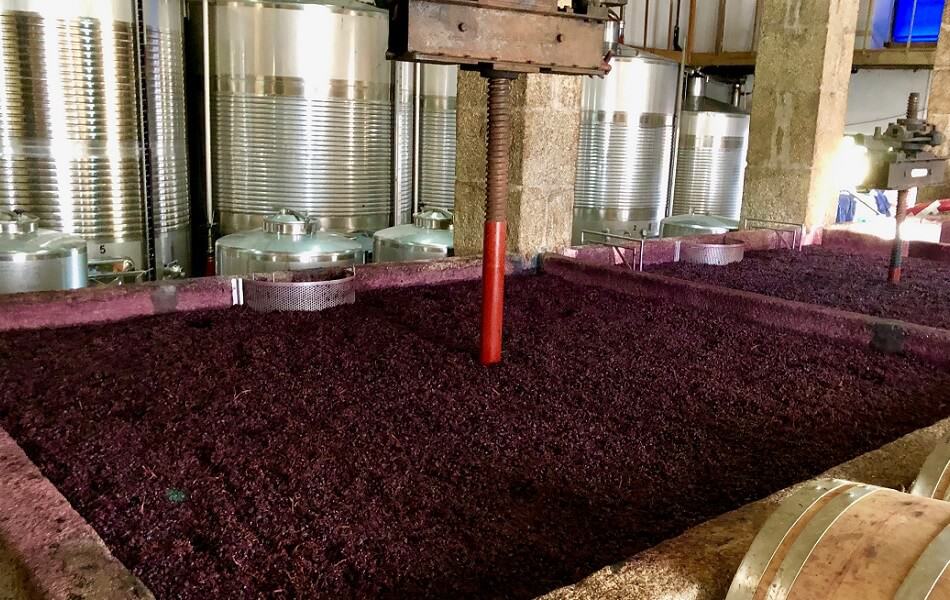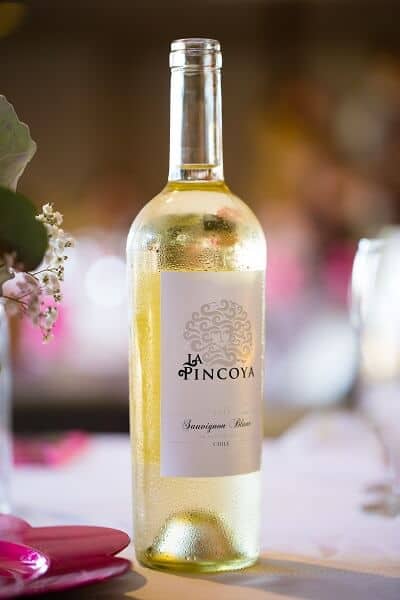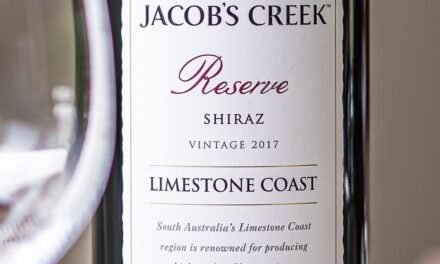Dry wine is the opposite of sweet wine. That means that dry wine contains only very little residual sugar, and it is not perceivably sweet.
Typically, wines that contain 10 grams of sugar per liter or less are called dry. But regional wine rules might prescribe slightly different rules. In this article, we will discuss the most popular dry wines.
WHAT IS RESIDUAL SUGAR IN WINE?
Residual sugar is the natural sugar in grapes that does not transform into alcohol during the fermentation process. Chemically speaking, the term residual sugar summarizes different types of sugar, such as glucose, fructose, and others. All of them contribute to the sweetness of the wine.
WHAT MAKES A WINE DRY?
Three factors determine the dryness of wine: The sugar content of the grapes, the climate, and the fermentation process.
Winemakers use hundreds of different varietals to produce wine. Some of them are naturally sweeter than others, even when grown in the same circumstances. Typically, red grapes tend to be sweeter than white grapes, although there are exceptions.
The climate and the time that the grapes spend on the vines determine their sugar content significantly. The longer they ripen and the more hours of sunshine they enjoy, the more sugar they will contain. So grapes that grow in the warm climate of the New World (countries like the USA, Australia, or Chile) typically are sweeter than those from the Old World (Europe), even if the varietal is the same.
During the fermentation process, vintners can alter the level of dryness of the wine. After harvesting and crushing the grapes, they add yeast to the wine must. This yeast transforms the sugar into alcohol. The more time the yeast has for this purpose, the less residual sugar will remain in the wine (and the higher will be the alcohol content).

Fermentation Container Filled with Red Wine Must
In contrast, vintners can produce dry wine intentionally by not interrupting the fermentation.
WINE CLASSIFICATION BY SWEETNESS
Wine lovers classify their wines by the sugar level they contain, typically stated in grams per liter. You can find several charts with different rules. Let us have a look at some of them.
Wine Sweetness Classification in the United States
There are no laws that instruct vintners to label their wines according to their sugar content in the United States. Nevertheless, wine lovers have a more or less consistent system of classifying wines. It recognizes six levels of sweetness, respectively, dryness:
Wine Sweetness Classification in the European Union
The European Union has defined a standard classification system for wines from Italy, France, and other big European wine countries. It differentiates four levels of sweetness based on the sugar content and the ratio of sugar to acidity.
Wine Sweetness by Sugar Content
Sparkling Wine Sweetness Classification in the European Union
E.U. laws also regulate the nomination of sparkling wines. In contrast to wine, the sparkling wine classification system differentiates seven levels of sweetness.
Wine Nomination by Sugar Level in the European Union
Sparkling Wine Sweetness Classification in the European Union
E.U. laws also regulate the nomination of sparkling wines. In contrast to wine, the sparkling wine classification system differentiates seven levels of sweetness.
Sparkling Wine Nomination by Sugar Level in the European Union
WHY DO SOME DRY WINES TASTE SWEET?
The perceived sweetness that you taste can differ from the actual sweetness determined by the residual sugar. The reason is that other components affect your perception of sweetness.
In some cases, wine tastes less sweet than it is. For instance, a high-tannin wine will taste less sweet than a low-tannin wine, even if they contain the same amount of residual sugar. The same can be true for high-acidity wines. Their acids are so aggressive that they completely cover the sweetness.
Occasionally, you might experience the opposite: Your senses tell you that the wine tastes sweet, although its bottle label says that it is a dry wine. The reason is your brain, or more specifically, your memory: It links distinct aromas with sweetness, for instance, cherries or strawberries. If you sense one of these aromas in wine, your brain tells you that it’s sweet. That can happen even if it contains only very little sugar.
CAN WINE BE COMPLETELY DRY?
No wine is free of residual sugar. The reason is that some types of sugar in grapes are unfermentable. The yeast simply cannot transform them into alcohol. One example of unfermentable sugar is pentose. Thus, even dry wine contains at least a little residual sugar.
WHICH RED WINES ARE DRY?
You can find many great dry red wines from all around the world. Here are some of the most popular styles:
- The Bordeaux region is the largest wine region in France. Its signature high-quality are red, high in tannins, and full-bodied. Bordeaux wines are made from several varietals, including Merlot, Cabernet Sauvignon, and Cabernet Franc.
- Burgundy is another well-known wine region in France. It is famous for its dry red wines from Pinot Noir grapes. They tend to have earthy aromas and flavors of red berries, tobacco, and mushrooms.
- Chianti comes from the Tuscany region in central Italy. Most Chianti wines are blends of Canaiolo and Sangiovese grapes. They can be light- to full-bodied and often come with fruity aromas and significant acidity.
In addition to the popular wines mentioned above, wines made from the following varietals typically are dry as well:
WHICH WHITE WINES ARE DRY?
If you prefer whites over reds, you have a great variety of dry wines to choose from too. These are some examples:
- Sauvignon Blanc is probably the most popular white varietal, and you can find Sauvignon Blanc wines from all around the world. They often have citrus flavors such as lemon, lime, or grapefruit. Try a Sauvignon Blanc from the Marlborough region in New Zealand, for example.
- Dry Riesling wines from Germany, especially from the Pfalz region, tend to be very good. You can also find great dry styles from Austria or the French Alsace region. Young Riesling comes with high acidity and citrus flavors. Aged wines are less acidic but provide more complex aromas.
- One of the most popular white wines from Italy is Pinot Grigio. These refreshing wines come from the Northern part of the country, particularly from the regions of Friuli, Lombardy, and Trentino. They offer aromas of green apples, lemon, and honeysuckle.
You can find many other dry whites from all around the world. Look out for wines made from the following grapes:
- Chardonnay
- Grüner Veltliner
- Albariño
- Muscadet
- Semillon

Bottle of Sauvignon Blanc
FINAL WORDS
The difference between sweet and dry wine is one that splits the wine community. Dry wines have many fans, and rightly so. To fully understand dry wines, try different styles yourself, and find out which type you like best. Have fun!






